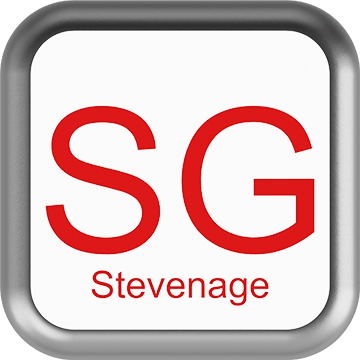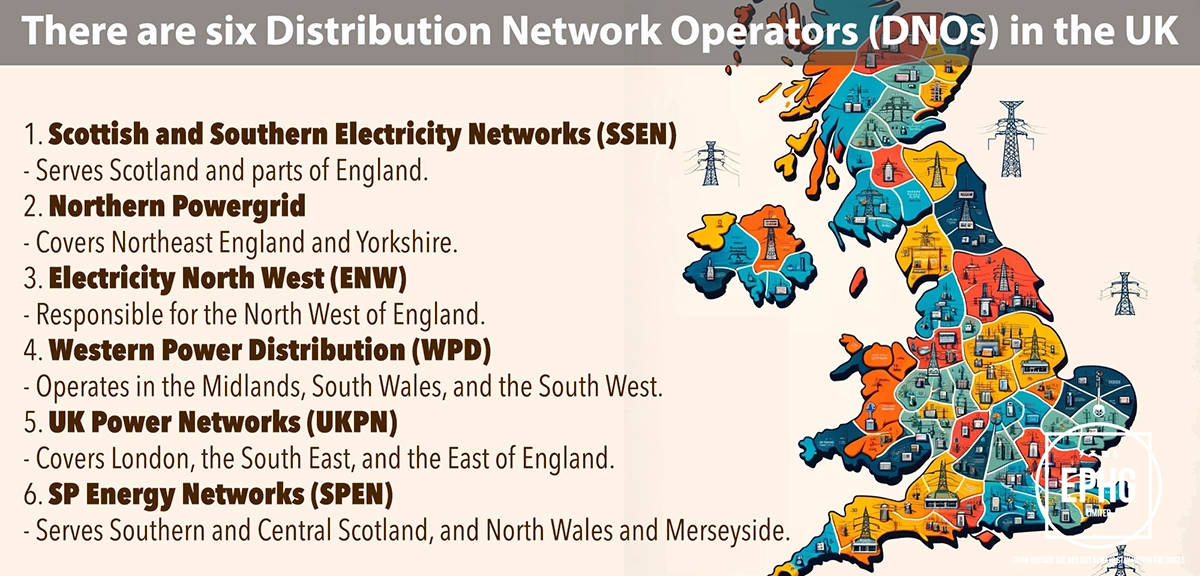
SG Postcodes for Utilities & Services
Introduction: The SG postcode area, encompassing Stevenage and surrounding areas, offers a deep dive into the utilities and services available to the residents. This section aims to provide detailed insights about water and electricity provisions, along with other essential information for the community.
Water in Stevenage
Where does the water supply come from in Stevenage and is there ever a shortage of water?
In the SG postcode area, particularly around Stevenage, the primary water supply sources include the River Beane and the River Lea. These rivers contribute significantly to the local water supply, undergoing extensive treatment to meet the required safety and quality standards before reaching households. Despite the stable water supply Stevenage generally enjoys, the area is not immune to the challenges posed by climate change, increased demand due to population growth, and periodic dry conditions. To combat potential shortages, local water authorities actively manage resources through careful monitoring and the implementation of necessary conservation measures. The infrastructure in the SG area is well-equipped to manage these challenges, ensuring a consistent water supply. Residents are encouraged to practice water conservation to sustain resources for future generations.
What is the hardness & quality of the water in Stevenage and can this affect your health?
The water in the SG postcode area is moderately hard, which is typical for much of the region. The hardness primarily results from the water traveling through chalk and limestone in the aquifer before it reaches the surface. While hard water has higher concentrations of calcium and magnesium compared to the soft water typically found in Aberdeen, it is not harmful to health and can actually contribute beneficial minerals to the diet. However, it may lead to more scale buildup in pipes and appliances and require more soap to form a lather. The quality of water in Stevenage consistently meets stringent safety standards, with regular monitoring to ensure it remains safe for all household uses. Despite the mineral content, the local authorities ensure that water quality remains high, safeguarding the health and wellbeing of the residents.
Electricity in Stevenage
Where does the electric supply come from in Stevenage and what is the future of energy there?
The electricity supply in Stevenage primarily comes from the national grid, with a significant shift towards renewable energy sources in recent years. The area benefits from a mix of energy production methods, including solar farms, wind turbines, and an increasing emphasis on sustainable practices. Stevenage is part of the broader Hertfordshire region's push towards green energy, with local initiatives and investments aimed at enhancing energy efficiency and reducing carbon emissions. The future of energy in Stevenage is set to be increasingly green, focusing on reducing dependence on fossil fuels and incorporating more renewable resources. The commitment to sustainable energy is evident through local projects and community efforts aimed at promoting environmental responsibility and energy conservation.
When is hydrogen coming to gas boilers in Stevenage?
As part of the national effort to reduce carbon emissions, Stevenage is expected to participate in the transition to hydrogen fuel for heating. This transition is in line with the UK's broader environmental goals, although specific timelines can vary based on regulatory approvals and infrastructure readiness. Residents should anticipate gradual changes, with pilot projects and conversions expected to unfold over the coming years. Meanwhile, maintaining and servicing existing gas boilers remains crucial for safety and efficiency. Local services in Stevenage are prepared to support homeowners through this transition, providing necessary maintenance and updates to heating systems. Residents are encouraged to stay informed about new developments and consider how future changes may impact their heating solutions.
Where Does the Wastewater Go in Stevenage
In Stevenage, wastewater management is a critical component of the city's public health and environmental strategy. Wastewater from homes, businesses, and industries is collected and channeled to local treatment facilities, where it undergoes extensive cleaning and purification processes. These facilities are designed to remove contaminants and ensure the treated water meets strict environmental standards before being released back into the natural water cycle. This system plays a vital role in protecting local waterways and supporting the region's ecological balance. Stevenage's commitment to effective wastewater management reflects the city's dedication to maintaining a clean and sustainable environment for all residents.
Regions and Services:
The SG postcode area showcases a blend of urban and rural settings, providing a diverse range of services and utilities across different communities. Key regions include:
- Stevenage: The urban center known for its well-established electrical and gas infrastructure, and a focus on renewable energy sources.
- Hitchin, Letchworth, and Bishop's Stortford: These towns blend historic charm with modern utilities, reflecting their unique cultural and economic backgrounds.
- Royston, Baldock, and Ware: Small towns and villages where the push for renewable energy initiatives is growing, aligning with their traditional utility setups.

Regions within the SG Postcode
Stevenage and Surrounding Areas
- SG1: Stevenage - North of the town including Old Town and new town areas, known for retail parks and historical sites.
- SG2: Stevenage - South of the town, Broadwater, Shephall, and parts of the countryside, featuring residential areas and parks.
- SG3: Knebworth, Woolmer Green - Known for Knebworth House, parks, and music events, alongside quiet residential areas.
- SG4: Hitchin (North), Codicote, Kimpton, Offley (including Little Offley), Whitwell - Market town vibes with historic centers and rural outskirts.
- SG5: Hitchin (South), Ickleford, Shillington, Pirton, and Stondon - Combining historic charm with countryside living.
- SG6: Letchworth Garden City - The world's first garden city, combining urban living with green spaces.
- SG7: Baldock, Bygrave, Clothall Common, Letchworth (parts) - Historic market town and surrounding villages with community focus.
- SG8: Royston, Melbourn, Buntingford, Reed - Market towns and villages known for their history and rural charm.
Central Hertfordshire Regions
- SG9: Buntingford, Westmill, Aspenden - Small towns and villages with historic buildings and local community events.
- SG10: Much Hadham, Perry Green - Known for historic estates and art heritage, set in idyllic countryside.
- SG11: Albury, Braughing, Puckeridge, Standon - Quintessential English villages with a strong sense of community.
- SG12: Ware, Wadesmill, Thundridge, High Cross - Historic towns and villages along the River Lea, with rich heritage and natural beauty.
- SG13: Hertford, Newgate Street Village, Bayford, Brickendon - County town with a blend of history, shopping, and green spaces.
- SG14: Hertford Heath, Waterford, Amwell - Semi-rural areas offering a quieter lifestyle on the outskirts of Hertford.
North Hertfordshire and Bedfordshire Borders
- SG15: Arlesey - A town with a mix of traditional homes and modern development, known for its railway history.
- SG16: Henlow, Henlow Camp - Featuring RAF Henlow and rural surroundings with community facilities.
- SG17: Shefford, Clifton, Meppershall - Small towns and villages known for their community spirit and local events.
- SG18: Biggleswade - A market town with an expanding community, offering a mix of history and new developments.
- SG19: Sandy, Potton, Everton - Market towns and villages with access to the Greensand Ridge and countryside.




